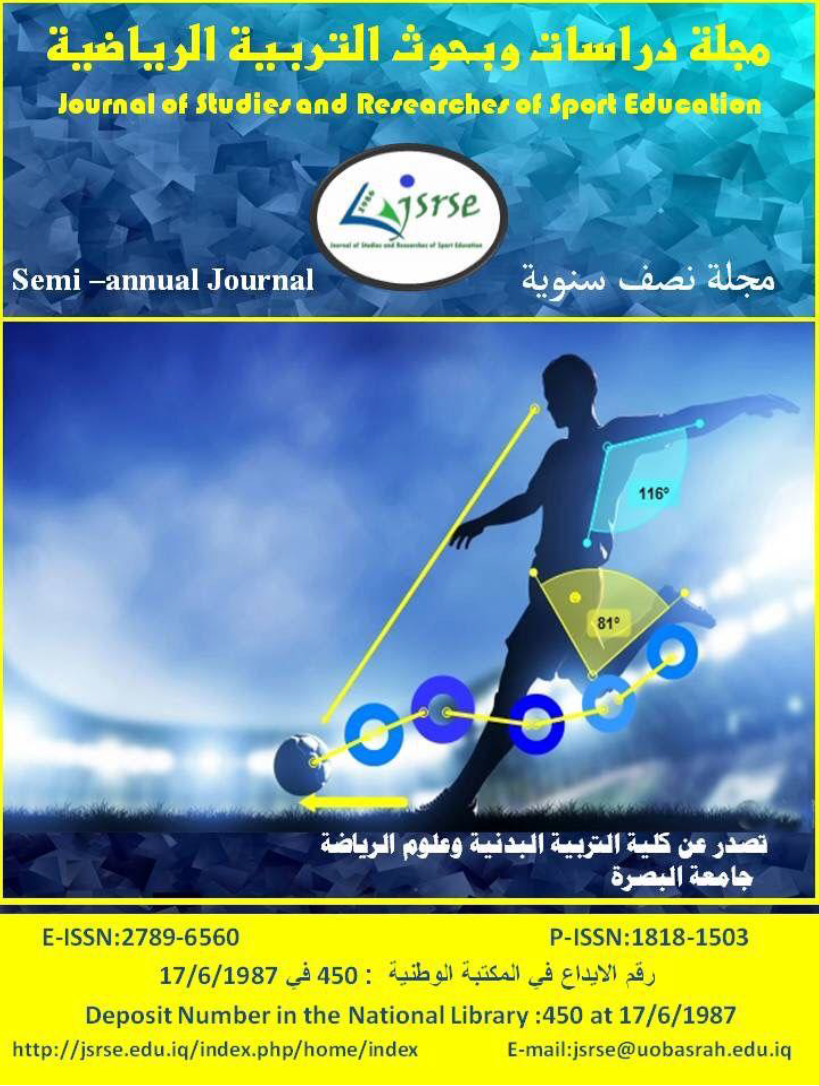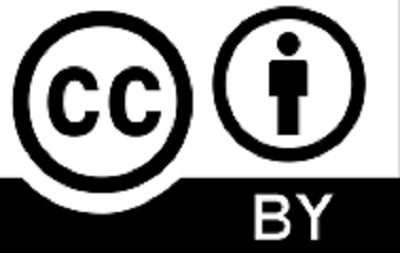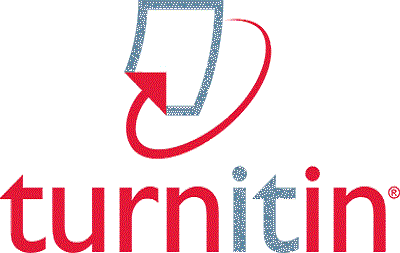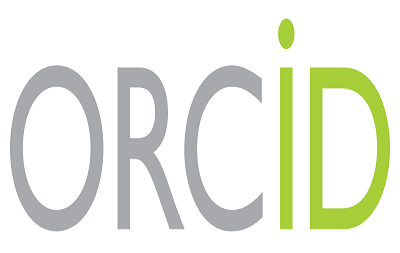The motivational climate of female physical education teachers and its role in overcoming the state of shyness among female students during the Physical Education lesson from their point of view
Main Article Content
Abstract
The educational practices of physical education teachers play a crucial role in promoting physical activity inside and outside of school. Peer acceptance and acceptance of teachers are among the most important elements in creating a positive educational climate. The teacher's main role is to find ways to motivate students by creating a classroom environment that fosters this motivation. This includes giving the student an important role in choosing activities that suit their physical abilities and capabilities. The aim of the research was to develop two scales: motivational climate and level of shyness. The researcher used a descriptive method with survey and correlational approaches. The main sample consisted of 166 female students. The data were statistically analyzed using mean, percentage, standard deviation, and correlation coefficient. The researcher drew several conclusions, the most important of which were related to the scales of motivational climate of physical education teachers and shyness among female students in schools.
Article Details

This work is licensed under a Creative Commons Attribution-NonCommercial 4.0 International License.
References
AbdulRasoul, T. H., Aldewan, L. H., & Muslim, A. J. (2019). Effect of Daniel ’s model in teaching basic skills of football halls. Journal of Studies and Researches of Sport Education, 58, 11–25. https://www.iasj.net/iasj/article/171095
Aldewan, L. H., & Muhammad, F. H. (2014). The effect of competition in a manner curriculum to teach comparative some ground movements Fluency and intellectual development of children Riyadh. Journal of Studies and Researches of Sport Education, 40, 74–89. https://www.iasj.net/iasj/article/103715
Allawi, M. H. O. K. R. (1999). Scientific Research in Physical Education and Sports Psychology (Thought House, Ed.; 1st ed., Vol. 1). Thought House.
ALtaai, A. (2020). The effect of integrated education on improving systemic thinking and achievement in tests and measurements in third-stage students at the College of Physical Education and …. Journal of Social Sciences, 12(1). https://scholar.google.com/citations?view_op=view_citation&hl=ar&user=iuz1EtMAAAAJ&citation_for_view=iuz1EtMAAAAJ:qjMakFHDy7sC
Anwar abd alkader Mashi. (2018). The effect of mental training on teaching some basic skills in women’s indoor football for second intermediate grade students aged (14-15) years in Basra Governorate Center. Journal of Misan Researches, 14(28). https://scholar.google.com/citations?view_op=view_citation&hl=ar&user=iuz1EtMAAAAJ&citation_for_view=iuz1EtMAAAAJ:UeHWp8X0CEIC
Bortoli, L., Bertollo, M., Vitali, F., Filho, E., & Robazza, C. (2015). The effects of motivational climate interventions on psychobiosocial states in high school physical education. Research Quarterly for Exercise and Sport, 86(2), 196–204. https://doi.org/10.1080/02701367.2014.999189
Bracho-Amador, C. M., Granero-Gallegos, A., Baena-Extremera, A., & López-García, G. D. (2023). The Effect of the Motivational Climate on Satisfaction with Physical Education in Secondary School Education: Mediation of Teacher Strategies in Maintaining Discipline. Behavioral Sciences, 13(2). https://doi.org/10.3390/bs13020178
Hamid, N. H. M. (2020). SHYNESS IN THE LIGHT OF SOME ACADEMIC VARIABLES AMONG THE FEMALE STUDENTS OF THE FACULTY OF SCIENCE AND ARTS. Multi -Knowledge Electronic Comprehensive Journal Foe Education and Science Publication (MECSJ), 39.
Kadhim, M. A. A. (2020). The effect of instant feedback on performance at the digital level on discus effectiveness. Indian Journal of Forensic Medicine & Toxicology, 14(4). https://doi.org/10.37506/ijfmt.v14i4.11907
Mahdi, Z., Mohammed, S., & Hussain, A. (2021). The effect of cooperative education in the style of (group competition) in learning the skills of overwhelming beating And the volleyball blocking wall for students. Journal of Studies and Researches of Sport Education, 29(3), 59–71. https://jsrse.edu.iq/index.php/home/article/view/246
Mjelve, L. H., Nyborg, G., Arnesen, A., Bjørnebekk, G., Crozier, W. R., & Coplan, R. J. (2022). Characteristics of Teacher-Nominated Shy Students in Norwegian Elementary Schools. Journal of Research in Childhood Education. https://doi.org/10.1080/02568543.2022.2027582
Nazzal, A. H. J. (2016). Fundamentals of work in sports administration (Al-Ghadeer for printing and publishing, Ed.; 1st ed., Vol. 1). Al-Ghadeer for printing and publishing Ltd2016.
Nyborg, G., Mjelve, L. H., Arnesen, A., Crozier, W. R., Bjørnebekk, G., & Coplan, R. J. (2022). Teachers’ strategies for managing shy students’ anxiety at school. Nordic Psychology. https://doi.org/10.1080/19012276.2022.2058072
Saif, A., Muhannad, M., & hahad, kadhim. (2021). Design and standardize a scale for assessing the management of large classes to exploit the actual activity of the lesson from the teachers’ point of view. Journal of Studies and Researches of Sport Education, 31(3), 215–231. https://jsrse.edu.iq/index.php/home/article/view/124
Smith, R. E., Cumming, S. P., & Smoll, F. L. (2008). Development and validation of the Motivational Climate Scale for Youth Sports. Journal of Applied Sport Psychology, 20(1), 116–136. https://doi.org/10.1080/10413200701790558
Tidmarsh, G., Kinnafick, F. E., & Johnston, J. P. (2022). The role of the motivational climate in female engagement in secondary school physical education: a dual study investigation. Qualitative Research in Sport, Exercise and Health, 14(1), 68–83. https://doi.org/10.1080/2159676X.2020.1862290
Vazou, S., Ntoumanis, N., & Duda, J. L. (2005). Peer motivational climate in youth sport: A qualitative inquiry. Psychology of Sport and Exercise, 6(5), 497–516. https://doi.org/10.1016/j.psychsport.2004.03.005





 IASJ
IASJ CC-BY-4.0
CC-BY-4.0 turnitin
turnitin ISSN
ISSN DOAJ
DOAJ Crossref
Crossref GoogleScholar
GoogleScholar Orcid
Orcid